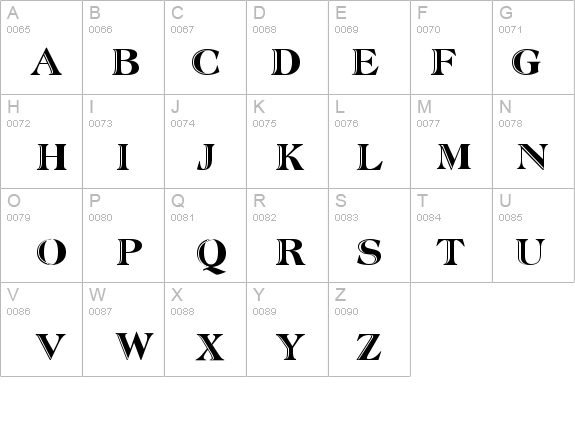

With a for-loop, some command sequences are executed numerous times before the program advances. No longer do commands get executed in sequence, one-at-a-time as you hit Enter. If/then/else conditional statements, like for loops, represent a fundamental change to the control flow of programs.
#Conditional inline r code#
Just like for-loops, in which the interpreter waits for you to finish typing in code between do and done, the if/then/else construct isn't executed until you've typed in fi (the closing statement for an if statement). Is this confusing the hell out of you? It probably should, as if/then/else constructs, like for-loops, aren't meant to be typed out at the interactive prompt. Thus, the code after if/then is executed, with this result: num is actually equal to 42 However, if you set num to 42 beforehand, then the condition in the if statement was met, as $num evaluates to 42, which is equal to 42. So only the command in the "else branch" is executed, with this result: num is not 42 If you didn't set the variable num to 42 beforehand, then the condition in the if statement, ( $num is equal to 42), would evaluate to false. If not, then do something else."įor example, type out the following sequence: if ] then # if/then branch echo 'num is actually equal to 42' else # else branch echo 'num is not 42' fi In English/pseudocode, the control flow might be described like this: To create a branch in our program, is to create an alternative sequence of commands that may be ignored, based on certain conditions at run-time. We modify the function slightly to allow the user to specify the confidence level next.How to write a program that can branch into more than one path of execution. And the function only performs a two-sided test, while a user may want a one-sided procedure. For example, it only computes a 95% confidence interval, while a user may want a different confidence level. But it is still somewhat limited in usefulness. Our function has automated the basic calculations. We will discuss this further when we cover environments and scope in R. These objects are NOT available outside the function.


7.2 Programming: Conditional Statements.6.2 Importing data with missing observations.4.7.2 Logical Subsetting and Data Frames.4.7.1 Modifying or Creating Objects via Subsetting.4.5.1 Accessing Specific Elements of Lists.4.4.1 Accessing Specific Elements of Data Frames.4.1.2 Accessing Specific Elements of Vectors.3.4.1 Creating and processing R Markdown documents.3.3 Best practices for naming and formatting.2.6 Workspace, working directory, and keeping organized.
#Conditional inline r how to#
1.6 How to learn (the most important section in this book!).


 0 kommentar(er)
0 kommentar(er)
